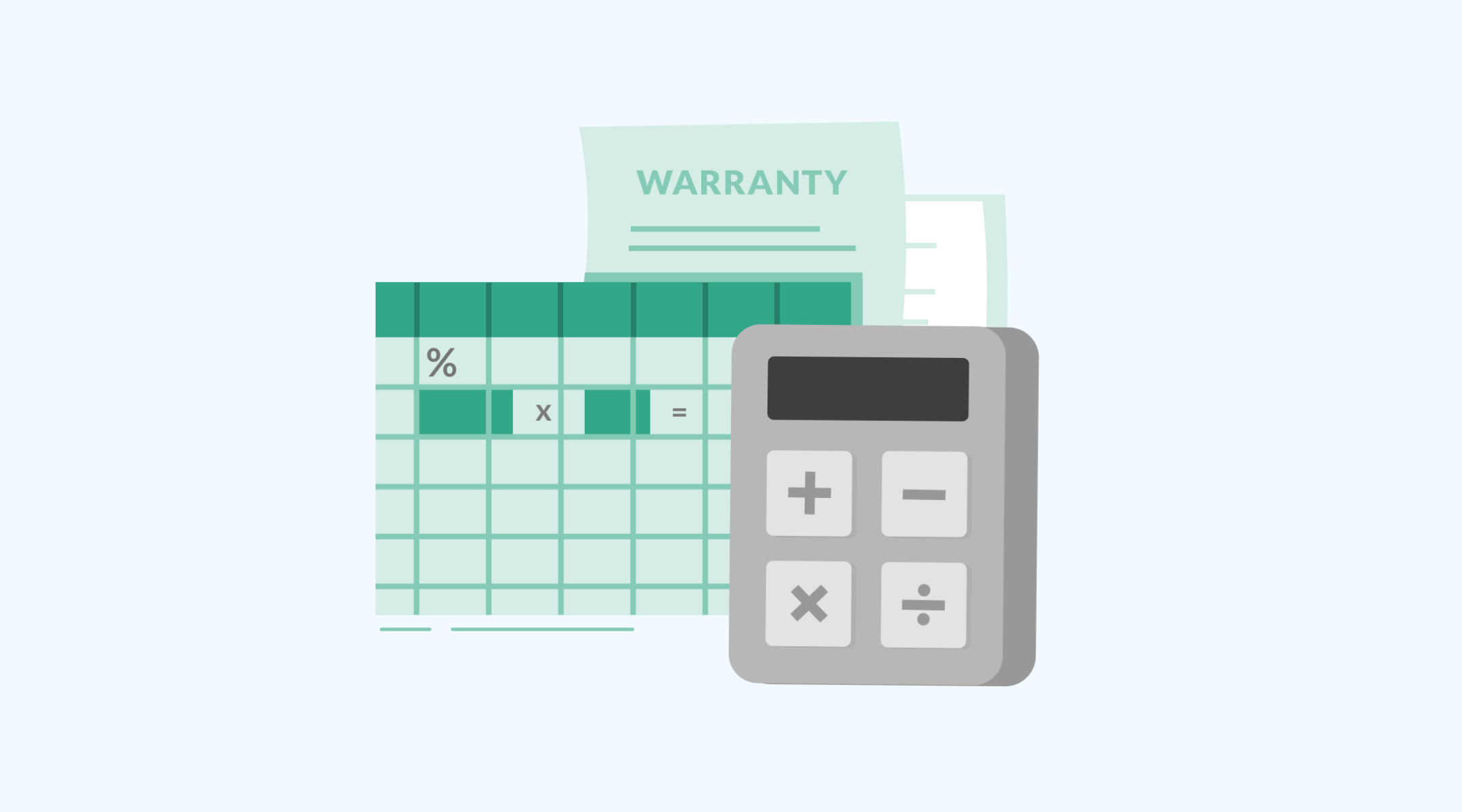Is sustainable design economical?
Sustainable design in the construction industry has become mainstream. While the use of green materials and construction site waste reduction once added additional cost, today the use or reuse of sustainable materials is not only economical but efficient as well. Eco-consciousness is the norm, beneficial not only for the environment but also the bottom line. In addition, a higher percentage of the buying public demands it.
Economical and Sustainable
While sustainability is its own reward due to its benefit to the planet, the Blue Book Network confirms that buildings alone account for 40 percent of all carbon emissions. In the U.S., “green” became economical for builders relatively recently. Over the past decade or so, the percentage of commercial buildings to achieve Leadership in Energy and Environmental Design (LEED) certification has risen from 5 to approximately 38 percent. The LEED rating system, sets a global standard that has prompted a global response in the way materials are sourced, harvested, and manufactured.
Which sustainable materials should green construction companies consider?
Waste on the construction site may never be eliminated, but there is ample opportunity to use economical and sustainable materials, construct buildings that are more energy-efficient ]and create commercial and residential spaces that help to promote and maintain the health of human patrons. There are many ways to reduce carbon emissions and respond to consumer desires for more efficient and sustainable homes, workplaces, and public buildings. Here are 7 materials to consider if you are building a sustainable facility:
1. Responsible Forestry
Wood products that bear a Forestry Stewardship Council label (FSC) are managed to prevent clear-cutting and illegal logging, limit pesticide use, protect ecosystems, and minimize damage to the environment. The standards are strict, and top green builders insist upon it.
Also, use of reclaimed wood when possible for beams, paneling, flooring, millwork, and cabinetry is wise, not only to reduce environmental impact but also to provide additional aesthetic appeal. Where once buyers paid extra for rare, exotic woods, today they are more apt to want distressed and reclaimed varieties.
2. Flooring
Many beautiful and sustainable flooring options exist: Bamboo, cork and engineered planks are among the best for interiors. For exterior decking as well as interior use, composites are an economical choice and offer good looks and durability. Another popular option, of course, is stained and polished concrete, eliminating the need for another type of surface on top of the slab. Tile and natural stone is still a popular choice; however, when possible, select locally sourced and produced options.
3. Recycled Metals
Nearly all metal can be recycled, but recycled steel and copper boast major beneficial impact, not only on the environment but for the recycling industry as well. Recycling consumes substantially less energy that initial fabrication and keeps materials out of the landfill as well. For both structural and decorative use, green builders call for recycled metals.
4. Economical Insulation
Even though specific locale can influence what materials are low-cost and sustainable, it can pay to explore modern insulation alternatives. Sometimes it leads to surprising savings. In addition to fiberglass, many natural products have insulating qualities, including straw and resin (typically used in third world building applications), flax and other plant products, cork, and wood fiber. All are an improvement to the common “newspaper” insulation of a past era.
5. Alternatives to Concrete
Concrete-like materials don’t necessarily require Portland cement, lime, and gravel. Syndecrete uses natural materials, Bendable Concrete was developed by the University of Michigan to resist cracking and weigh less. TX Active actually uses a photocatalytic process to reduce airborne pollutants. Numerous other products either exist or are under development; many use waste products from coal and other industries to further reduce environmental impacts.
In addition, there are fabricated alternatives to natural stone and traditional bricks that utilize mining and manufacturing waste materials or plant-derived products.
6. Recycled Glass
Used for everything from kitchen counters to bathroom tiles, lighting fixtures and landscaping “mulch,” recycled glass is beautiful, long-lasting, cost-effective, and can often be locally sourced.
7. Recycled Rubber
Recycled rubber flooring, fabricated from an endless supply of old tires is easy on the feet and available as seamless sheet flooring, tiles, and even carpet. Recycled plastic from water and soda bottles as well as plastic grocery and shopping bags can be similarly fabricated into new building materials that include flooring, countertops, lighting and decor items, and affordable kitchenware.
“Going green” not only helps builders score high on the sustainability quotient, but the effort is cost-effective and efficient, and boosts brand relevance while catering to buyer demands.







